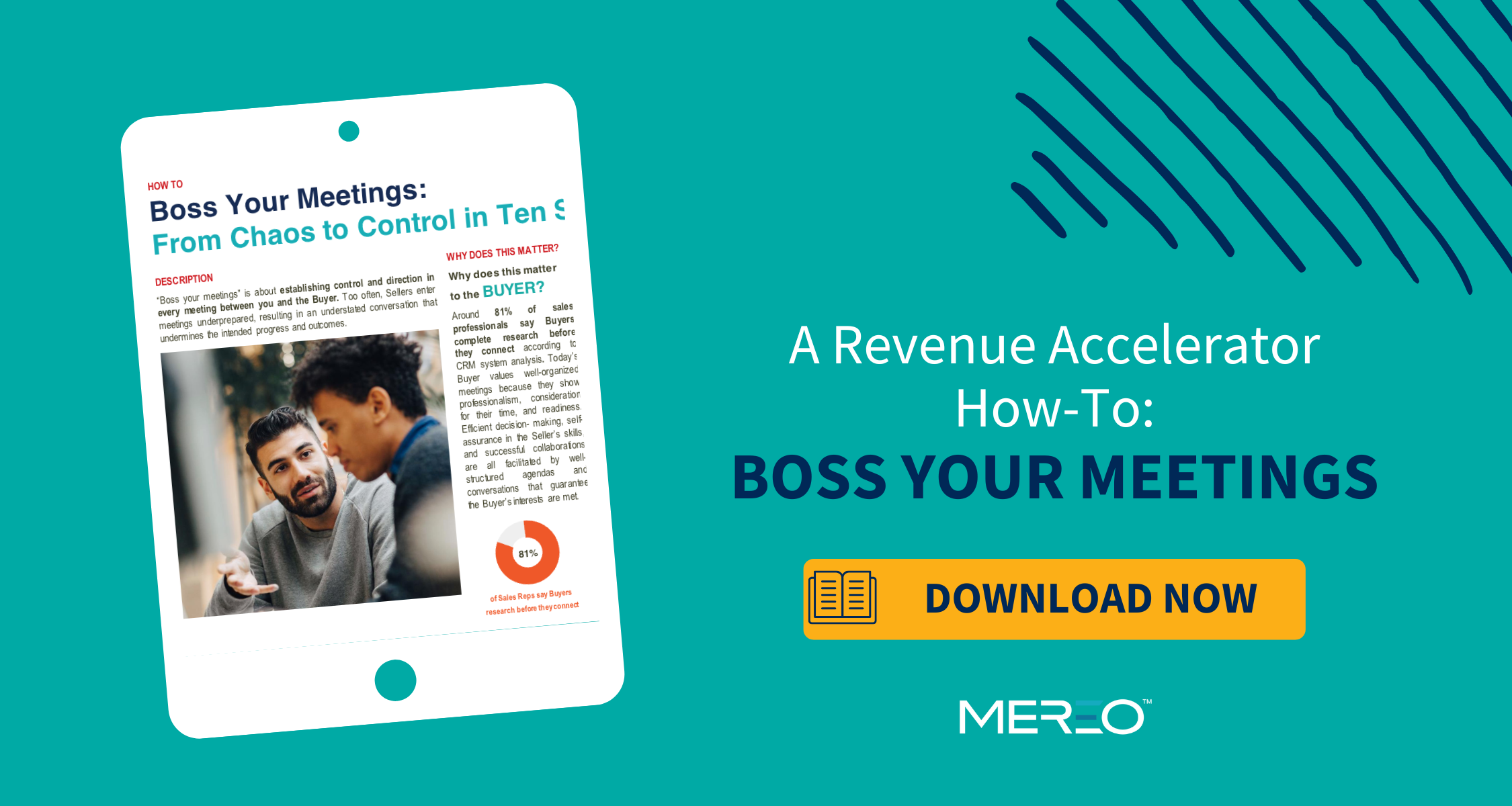Nextworld was going to market with a powerful no-code enterprise resource planning (ERP) platform. Rather than assign an ambiguous, arbitrary cost to their subscription services, they recognized that pricing was key for both their organization’s and their buyers’ long-term success.
“Pricing can be a highly debatable, emotional subject, both internally and externally,” Minda Marshall, VP of Business Development, said.
For organizations like Nextworld, a calculated pricing strategy can provide a substantive competitive advantage or it can be an albatross that impedes sustainable growth. Here, we share four key pricing principles that can help you achieve the latter.
4 KEY PRICING STRATEGY PRINCIPLES
There should be zero mystery, ambiguity and unpredictability in pricing. Selling organizations must stand on objective, solid, repeatable ground each time they set about pricing a new solution or bundle.
Our solution management experts at Mereo independently researched 20 B2B software companies, including application and platform providers. We supplemented our online research with 15 in-depth buyer and seller interviews focused on C-level executives that procure and sell software, as well as product management and sales executives of software providers — representing the spectrum from SMB to enterprise companies.
After digging into the biggest challenges, solutions and outcomes for our participants, we yielded four key pricing strategy principles every seller should consider when determining the right price for a solution:
1) Pricing Should Encourage Growth
As obvious as this seems, in the companies we were helping and that we researched, we found numerous examples of pricing models that in fact discouraged user growth and adoption.
In those cases, it was necessary to revamp pricing strategies to:
- Align the pricing to the value the solution delivers
- Simplify scaling as the business requires
- Package to encourage initial adoption as well as cross-sells and up-sells of new features and associated modules
2) Pricing Should Be Predictable and Understandable
Buyers want to predict how much a solution costs now and into the future. The sellers in Mereo’s research also did not want models that created buyer confusion and objections to closing a deal — in essence not adding friction to the buying journey.
As part of aligning to this principle, selling organizations need to think in terms of pricing structure versus the price itself. Keep the structure simple to understand for the buyer and seller, and consider how predictable it will be for you as a solution provider and them as a buyer. Can the buyer see how future costs would be impacted, for instance, by a merger, acquisition or other growth strategy?
3) Pricing Should Reduce Churn
Sellers must make it easy for buyers to remain a customer. Providing flexible models for consuming the software from both a technology and pricing approach (e.g. modules, users, transactions) is critical, but, as a provider, you will also want to think about what will make your solution “sticky” in the long-term. For example, a seller could provide built-in concierge service for specific tools to ensure they are rapidly deployed. The strategy varies between solution, market and customer, but is important to consider from the onset.
4) Pricing Should Recover Fixed and Variable Costs
Solution providers, especially those in rapid-growth mode, often talked about the “surprise” factors associated with using third-party hosting services (e.g. Microsoft or Amazon Web Services). These providers had not considered all the associated costs related to storage, transactions, integrations and more. As such, they often were put in a position of having to go back to customers upon renewal with significant cost changes.
No buyer wants to be surprised by data and storage charges, unexpected transaction fees or costs of integrations to other mission-critical systems (see Principle 2). Do your up-front research and do it well to make this part of pricing transparent to the buyer. Also, consider approaches that allow you to recoup these environment charges early to reduce cost absorption risk on your business.
PRICING PRINCIPLES IN PRACTICE
These four key pricing principles helped Nextworld enter the marketplace competitively and with little barriers to sales — setting Nextworld up for sustainable revenue performance from the start.
“Mereo came in as an objective expert,” Marshall said. “They didn’t just provide pricing input focused on the software aspect, they delivered a holistic view of pricing, packaging and everything that rolls into a complete ERP SaaS solution.”
Learn more about Nextworld’s successes here.
UNLOCK YOUR ULTIMATE PRICING POWER
A B2B Leader’s Guide to Pricing Strategy Workbook provides B2B leadership with the four key pricing principles AND six steps that will lead you to a successful pricing strategy and outcomes.
DOWNLOAD NOW












